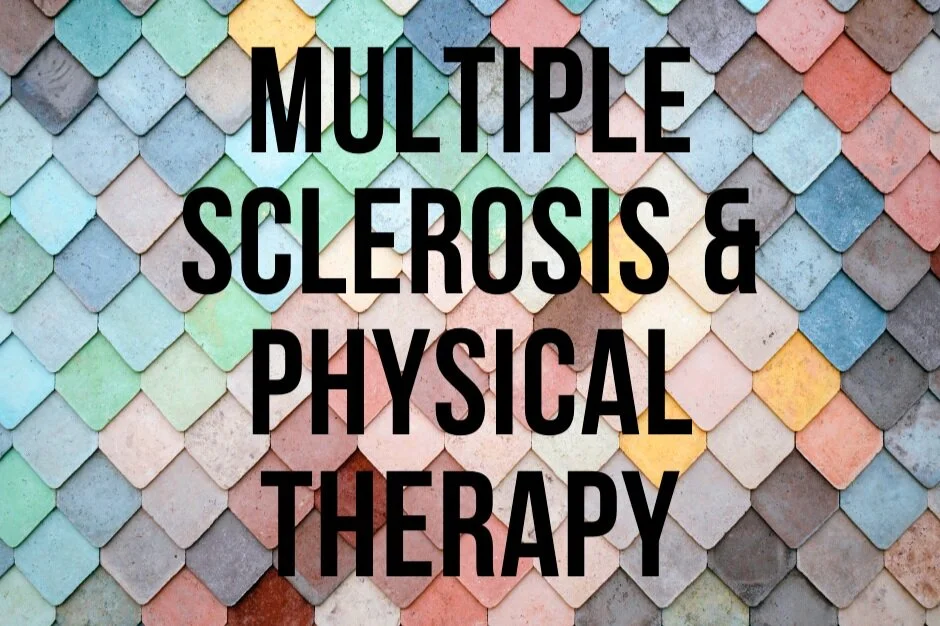Multiple Sclerosis Physical Therapy Rehabilitation
Multiple sclerosis is a neurological disease that damages the myelin sheath that surrounds the nerve cells of the brain and spinal cord. Due to scarring from this damage, nerve impulses in areas of the brain can be blocked or slowed, which can result in coordination issues, weakness, muscle stiffness, pain, and decreased ability to move and walk. Multiple sclerosis affects 400,000 Americans and 2.5 million people worldwide. The disease manifests between twenty and forty years old and is more likely to develop in women than men.
Symptoms of multiple sclerosis vary from person to person in type, duration, and intensity depending on which part of the nervous system is affected. Symptoms may include:
Fatigue
Pain
Memory issues
Difficulty walking
Depression
Sexual dysfunction
Bladder and bowel problems
Vision issues (Double vision)
Dizziness
Speech or swallowing issues
Stiffness and spasms of heaviness in the legs or arms
Multiple sclerosis is a progressive condition; it can go into remission for a time and relapse with new symptoms. During a remission season of the disease, physical therapy is a great option to improve mobility, flexibility, balance, and coordination.
How can physical therapy help patients with multiple sclerosis?
Research has shown that rehabilitation for multiple sclerosis has positive results for the patient and that exercise physical therapy is a safe and effective rehabilitation option for patients with the disease. Physical therapy can be applied at nearly every stage of the disease, from the onset of symptoms to a highly-impaired stage.
Rehabilitation improves balance, walking ability, endurance, aerobic capacity, and the functional independence of the patient. It also decreases the risk of falling, fatigue, and overall disability. Physical therapy helps prevent complications of de-conditioning, muscle weakness due to lack of mobility, and muscle tightening or shortening due to spasticity. It can also address bladder or urinary issues through pelvic floor rehabilitation.
What does physical therapy for multiple sclerosis involve?
A physical therapist initially completes an evaluation to determine activity limits and any impairments the patient may have. From there, the physical therapist designs a customized exercise program for the patient. The therapist works with the patient to achieve a baseline of function according to the patient’s goals and builds upon that to address symptoms and improve the quality of life for the patient.
Physical therapy rehabilitation for multiple sclerosis includes:
Stretching to manage spasticity and improve range of motion
Aerobic conditioning using a treadmill, elliptical, or stationary bike at low-to-moderate intensity
Progressive strength training, focusing on specific muscle groups that are weak and affect the ability to walk
Balance and coordination training to decrease the risk of falling
The exercise program helps the patient perform normal activities and regain fitness and mobility in a safe environment. The physical therapist can pace the patient, monitor their heat tolerance and sensitivity, and allow the patient to safely exercise without triggering the onset or exacerbation of symptoms.
Physical therapy is a safe and effective treatment option to address physical limitations multiple sclerosis may cause and help a patient regain and maintain strength, flexibility, and general fitness.
At Mangiarelli Rehabilitation, we understand that managing multiple sclerosis symptoms is a marathon and we are here to support you throughout each stage and symptom. Our goal is to help you manage symptoms, regain functional independence, and build strength.
